From inside (document excerpt):
58DFA Downflow Induced-Combustion Furnaces Installation, Start-Up, and Operating Instructions Sizes 071-135 Series 120 NOTE: Read the entire instruction manual before starting the installation. Index Page ® SAFETY CONSIDERATIONS .1 Clearance From Combustible Materials .1 INTRODUCTION .1-2 Dimensional Drawing .2 LOCATION 3 General 3 Location Relative To Cooling Equipment .3 Hazardous Locations .3 AIR FOR COMBUSTION AND VENTILATION .3-5 Unconfined Space 3-4 Confined Space 4-5 SUPPLY-AIR PLENUM INSTALLATION 5-6 Concrete Slab 5 Combustible Floor 5 FILTER ARRANGEMENT .6 GAS PIPING 6 ELECTRICAL CONNECTIONS .6-7 115-v Wiring 6-7 24-v Wiring .7 Accessory 7 VENTING 7 START-UP, ADJUSTMENT, AND SAFETY CHECK 7 General 7 Sequence Of Operation .7-10 Heating Mode 8 Cooling Mode 8-10 Continuous Blower Mode .10 Start-Up Procedures 10 Adjustments .10-12 Check Safety Controls .12-13 Checklist 13 SAFETY CONSIDERATIONS Installing and servicing heating equipment can be hazardous due to gas and electrical components.
Only trained and qualified personnel should install, repair, or service heating equipment. Untrained personnel can perform basic maintenance functions such as cleaning and replacing air filters. All other operations must be performed by trained service personnel. When working on heating equipment, observe precautions in the literature, on tags, and on labels attached to or shipped with the unit, and other safety precautions that may apply. Follow all safety codes. In the United States, follow all safety codes including the National Fuel Gas Code NFPA No. 541992/ANSI Z223.1-1992 (NFGC). In Canada, refer to the current ama CANADIAN GAS ASSOCIATION A PP R O VED R edition of the National Standard of Canada CAN/CGA-B149.1and .2-M91 Natural Gas and Propane Gas Installation Codes (NSCNGPIC). Wear safety glasses and work gloves. Have fire extinguisher available during start-up and adjustment procedures and service calls. Understand the signal word DANGER, WARNING, or CAUTION. These words are used with the safety-alert symbol. DANGER identifies the most serious hazards which will result in severe personal injury or death. WARNING signifies hazards that could result in personal injury or death. CAUTION is used to identify unsafe practices which would result in minor personal injury or product and property damage. NOTE is used to highlight suggestions that will result in enhanced installation, reliability, or operation. These instructions cover minimum requirements and conform to existing national standards and safety codes. In some instances, these instructions exceed certain local codes and ordinances, especially those that may not have kept up with changing residential construction practices. We require these instructions as a minimum for a safe installation. Table 1–Clearances From Combustible Materials (In.) Sides Back Top Front Vent UNIT SIZE Single-Wall Vent Type B-1 Double-Wall Vent


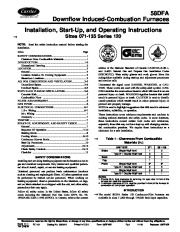 Carrier Owners Manual - 1 of 14
Carrier Owners Manual - 1 of 14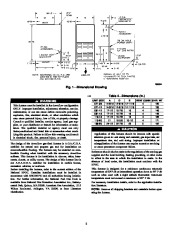 Carrier Owners Manual - 2 of 14
Carrier Owners Manual - 2 of 14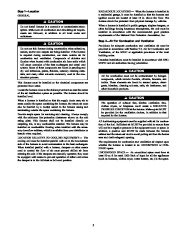 Carrier Owners Manual - 3 of 14
Carrier Owners Manual - 3 of 14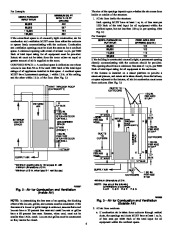 Carrier Owners Manual - 4 of 14
Carrier Owners Manual - 4 of 14 Carrier Owners Manual - 5 of 14
Carrier Owners Manual - 5 of 14 Carrier Owners Manual - 6 of 14
Carrier Owners Manual - 6 of 14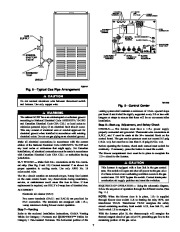 Carrier Owners Manual - 7 of 14
Carrier Owners Manual - 7 of 14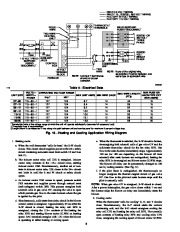 Carrier Owners Manual - 8 of 14
Carrier Owners Manual - 8 of 14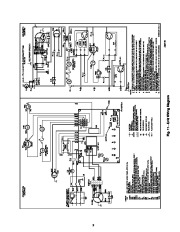 Carrier Owners Manual - 9 of 14
Carrier Owners Manual - 9 of 14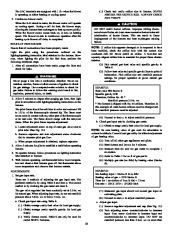 Carrier Owners Manual - 10 of 14
Carrier Owners Manual - 10 of 14